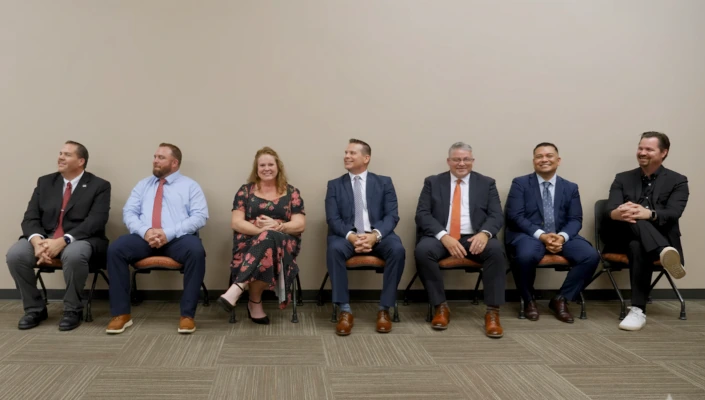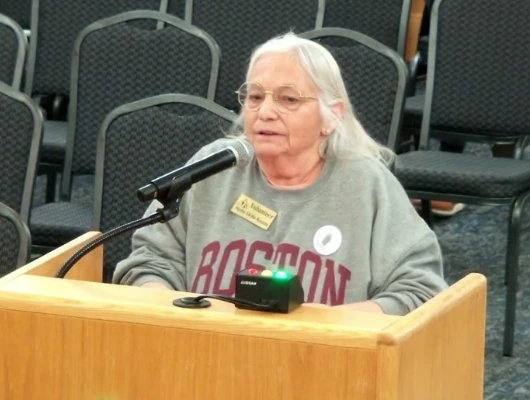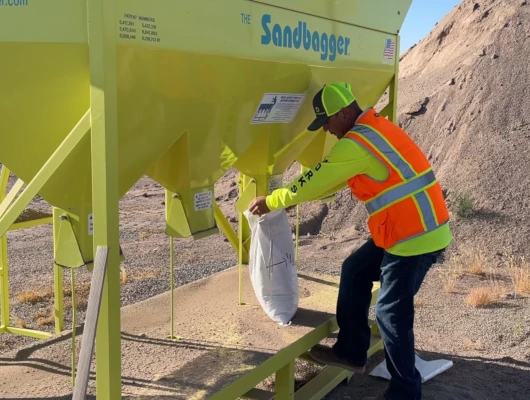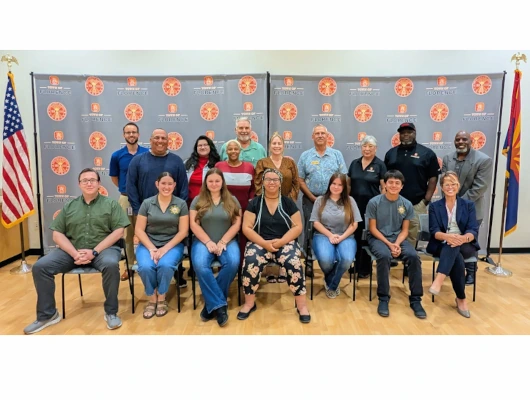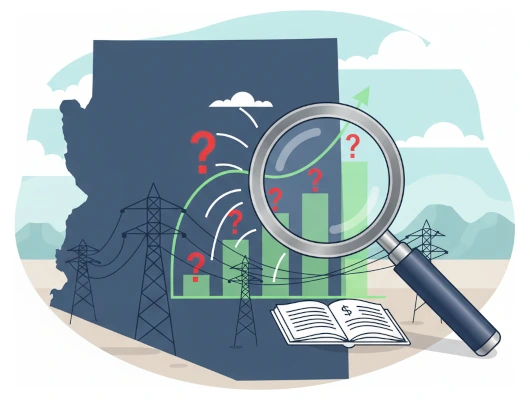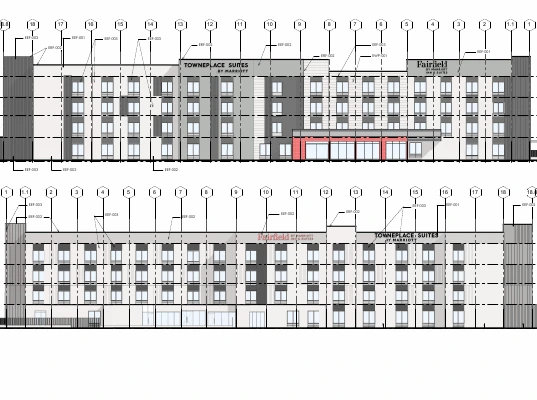Newly appointed council elects leaders and charts nine-month path to municipal independence
San Tan Valley took its first steps toward self-governance on October 1, 2025, as the newly appointed town council elected leaders and established the framework for Arizona’s newest municipality. The seven-member council, appointed by the Pinal County Board of Supervisors on September 17, faces a July 1, 2026 deadline to achieve operational independence.
Leadership Appointed
The council selected Daren Schnepf as mayor in a 5-2 vote, with council members Tyler Hudgins and Bryan Hunt voting in opposition. Four council members were initially nominated—Schnepf, Hudgins, Hunt (who nominated himself), and Wolfert—though Wolfert withdrew before speeches began.
Tyler Hudgins was elected vice mayor unanimously. Council member Rupert Wolfert, who nominated Hudgins for both positions, praised his leadership during the incorporation effort.
“I feel like we need to recognize how instrumental Mr. Hudgins has been in spearheading of the San Tan Valley Incorporated movement. This is something that he was able to bring across the finish line. His ability to be able to mobilize our community towards something that, again, on its face, is not necessarily given, is a testament to the hard work that him and his organization have put in,” Wolfert said.
Council member Brian Tyler seconded Wolfert’s assessment.
Key Appointments
The council made several critical appointments to establish the town’s administrative foundation.
Garrett Glover received unanimous approval to serve as interim town clerk, responsible for maintaining records and performing administrative duties.
The council also unanimously appointed the law firm Pierce Coleman PLLC to serve as town attorney. Partner Justin Pierce presented the firm’s proposal, with attorney Allen Quist designated as lead counsel supported by the firm’s municipal law team.
Meeting Schedule Established
Through Ordinance No. 2025-01, the council set its regular meeting schedule for the first and third Wednesdays of each month at 6:00 PM. The meetings will take place at the San Tan Valley County Complex, 31505 North Schnepf Road. Pinal County has made the facility available at no cost on Wednesdays.
The council deliberated sequentially, first voting to meet twice monthly, then selecting the day and time, and finally choosing the location after considering CAC facilities and high schools.
Staffing Decisions Approved After Debate
The council voted to engage Interim Public Management (IPM) to conduct a 30-day exclusive search for three critical positions: town manager, town clerk, and finance director.
Council member Gia Jenkins moved to table the decision until October 15, citing concerns about rushing and wanting time to research alternatives. The motion failed 3-4.
Council member Brian Tyler then moved to proceed with IPM for all three positions, arguing that “delaying this process only hinders our ability to move forward.” The motion passed 5-2.
Under the terms of the engagement, IPM will conduct the search at no initial cost to the town and present up to three candidates per position.
Financial Framework
The town faces a nine-month window to achieve operational independence before assuming full responsibility for services on July 1, 2026. Under Arizona Revised Statute 9-104, Pinal County is required to continue providing core services including police, street maintenance, permitting, and zoning enforcement at county expense until that date.
Based on projections from the League of Arizona Cities and Towns, San Tan Valley could receive approximately $47 million annually in state-shared revenue if the Census certifies a population of 100,000, though actual revenue will depend on the final certification outcome.
The town has submitted its population certification application to the U.S. Census Bureau. Municipal attorney Quist cautioned that ongoing federal delays could affect the certification timeline. Once approved, most revenue streams including vehicle license tax and state sales tax could begin flowing, but certain funding such as HURF will not be available until July 2026.
Building a Municipality from the Ground Up
The council must accomplish significant work before the July 1, 2026 deadline. Municipal attorney Quist outlined nine major steps, emphasizing these were illustrative rather than exhaustive and that some should proceed simultaneously:
- Securing state-shared revenues – Requires U.S. Census certification and state coordination; estimated at $47 million annually for 100,000 residents, with some funds (e.g., HURF) delayed until July 2026.
- Exploring local revenue options – The council will consider adopting a local sales tax, common among Arizona municipalities.
- Obtaining potential bridge funding – Short-term assistance from neighboring municipalities may be needed until state revenues begin flowing.
- Contracting key personnel – Town manager, clerk, and finance director positions are immediate priorities.
- Adopting an interim budget – State statutes permit this even though the town is off the normal budget cycle.
- Beginning long-term strategic planning – Establishing policy priorities and community vision.
- Drafting foundational codes and policies – Creating the initial ordinances and administrative framework.
- Preparing the 2026-2027 fiscal year budget – This process begins in early 2026.
- Entering agreements for core services and hiring staff – The town will need contracts with service providers and eventually direct employees.
Arizona law requires the town to provide police services, streets and transportation, planning and land use, code enforcement, permitting, and municipal court services. The town may also choose to provide discretionary services such as fire protection, utilities, libraries, and parks and recreation.
Nine Months to Independence
Vice Mayor Hudgins framed the incorporation journey in three phases during his nomination speech for mayor. “Look at the incorporation effort as the walking phase, where we’re learning to get to move forward,” he said. “And now with the council in place, we’re gonna have to run. And we’re gonna have to be prepared for the county handoff on July 1, 2026, which is exactly nine months from today.”
Hudgins continued, noting the council will need to be “sprinting” by July 2026. “This is a great team. And no matter whoever is in this role or the vice mayor role, we all gotta lock arms and do what’s best for 100,000 people.”
The council concluded by voting to convene into executive session to discuss contract negotiations with Rural Metro, a private emergency services provider. The council’s next meeting is scheduled for October 15 at 6:00 PM at the San Tan Valley County Complex.
